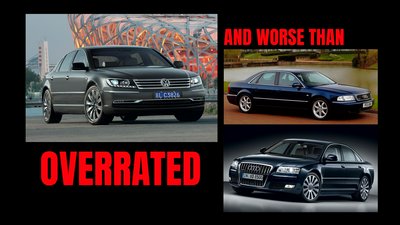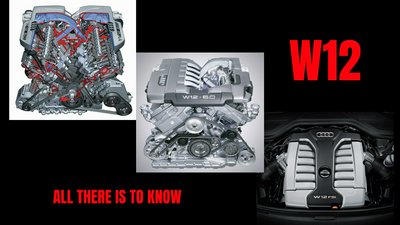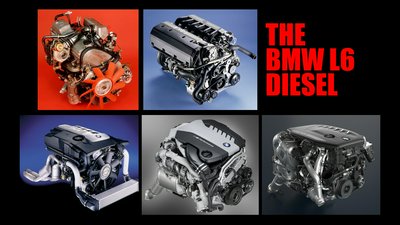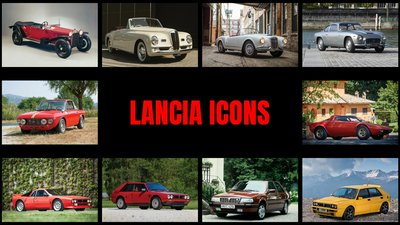techXXX
Volkswagen Phaeton Is Overrated
Despite crafty marketing stories, the Volkswagen Phaeton is objectively worse than the D3 Audi A8 and not a very good car even at launch. Today, I list four hard facts to support this argument.
Published by Dr Jiulin Teng on 15 Mar 2025
Keywords: volkswagen
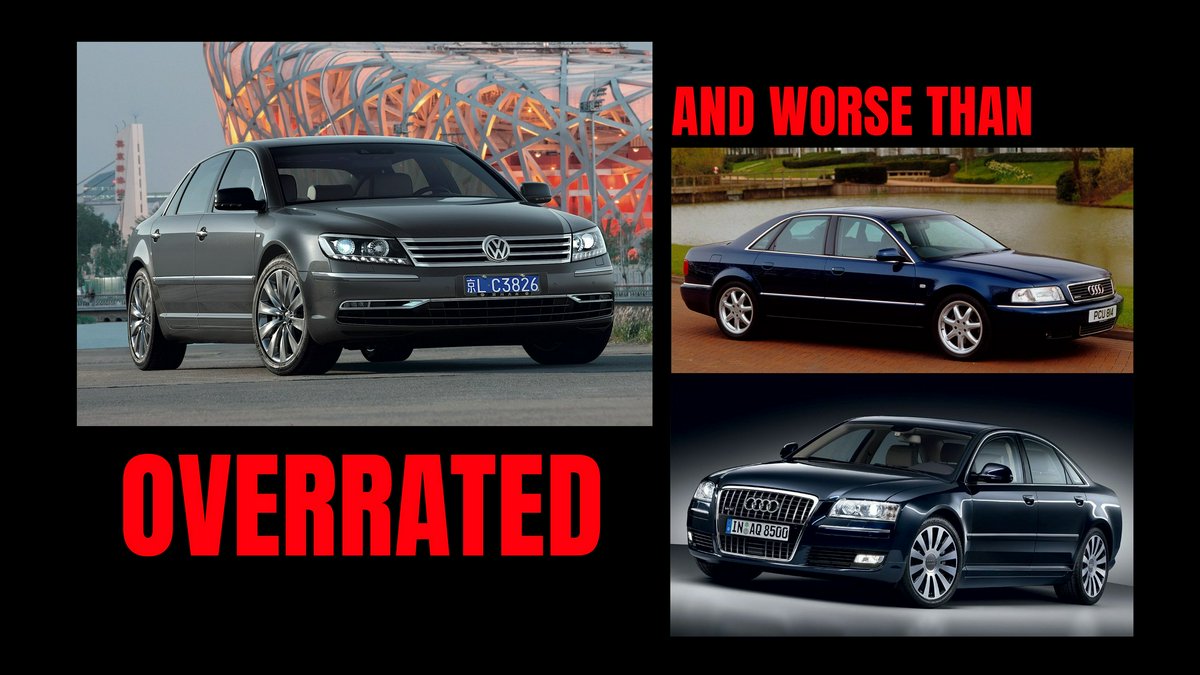
VW’s Phaeton was a sales flop that only achieved marginal success in China, and rightly so. Despite crafty marketing stories, it is objectively worse than the D3 Audi A8 and not a very good car even at launch. Today, I list four hard facts to support this argument.
1. Weak Engine Lineup
The Phaeton was in production for over a decade, becoming exclusive to China in later years. Its engine lineup, however, was never really updated. Its W12 engine was the most advanced unit, identical to the ones that powered the D2 and then D3 Audi A8s. Its 4.2L V8 engine, however, always used a timing belt, as it was on the D2 A8 and early D3 A8. When Audi introduced direct-injected 4.2 FSI engine, that unit was never given to the Phaeton. The “V6s” in the Phaeton were always the VR6, including the late, China-exclusive 3.0L, which was considerably underpowered. The two diesel engines were better, including a 3.0 TDI and the V10 TDI, but the latter was only Euro 3-compliant and quickly went out of production.
An oft-told fluff story is that the Phaeton was designed to run all day at 300 km/h. However, the fact is that only the W12 could possibly reach 300 kph; most 6-cylinder cars cannot even reach 250. This weak engine lineup pales even to Mercedes’s W220 and BMW’s E65 generations, on the same level as the Audi D2 A8 from the 1990s in terms of performance and sophistication.
2. Dated chassis design
The Phaeton was built on the new “D1” platform, which was essentially the Audi D2 platform transformed from aluminium to steel. It has basically the same chassis design and roughly the same wheelbase as the D2 A8 from 1994. Those who have not driven the D2 extensively may be fooled by the marketing, but anyone who knows the D2 well should be able to tell the similarities. Worse still, the weight advantage of the Audi Space Frame was lost during the conversion to steel, and the Phaeton was one of the heaviest of its class.
Inside the cabin, the dimensions are virtually identical. The biggest drawback of the D2 A8 on the interior, in my opinion, was the limited headroom in the rear. This is carried over to the Phaeton. In comparison, even the D3 Audi A8 is much better and more comfortable, with the W221 Mercedes being the class-leader in this respect.
3. Old Transmissions
Early Phaetons used the horrendously unreliable ZF 5HP 5-speed automatic transmission. The VR6 continued with it until the new 3.6L FSI engine was introduced, while the W12 retained it until its discontinuation at the start of Euro 5.
The VR6 and V8 continued on with the ZF 6HP until the cancellation of the model in 2016, well after other brands switched to the new 8-speed transmission.
4. Low-end AWD and FWD
Phaeton’s 4Motion all-wheel-drive system has an open centre differential. This is a considerable downgrade. Still, most Phaeton owners need not worry, since their VR6-powered Phaetons did not even have AWD: Early 3.2L cars was standard with FWD, while late, China-exclusive 3.0L cars only had FWD.
Redeeming Qualities
Phaeton’s interior leather and wood trims are indeed very good. The leather was similar to what one would find in classic German vehicles, such as the D2 A8 and W140 S-Class. When compared to newer, ultra-thin German leathers, it is indeed superior. The exterior of the vehicle is fantastic, too, even though it has the worst dash-to-axle ratio in its class.
Still, I consider the Volkswagen Phaeton a worse car than even the D2 Audi A8, let alone its contemporaries. The D2 A8 had the same engine and transmission, superior chassis, better AWD, and a more elegant design. Phaeton has achieved marginal success in China only because Volkswagen installed tiny, outdated engines to reach a lower tax bracket and it was sold as the “cheap” German luxury car.
